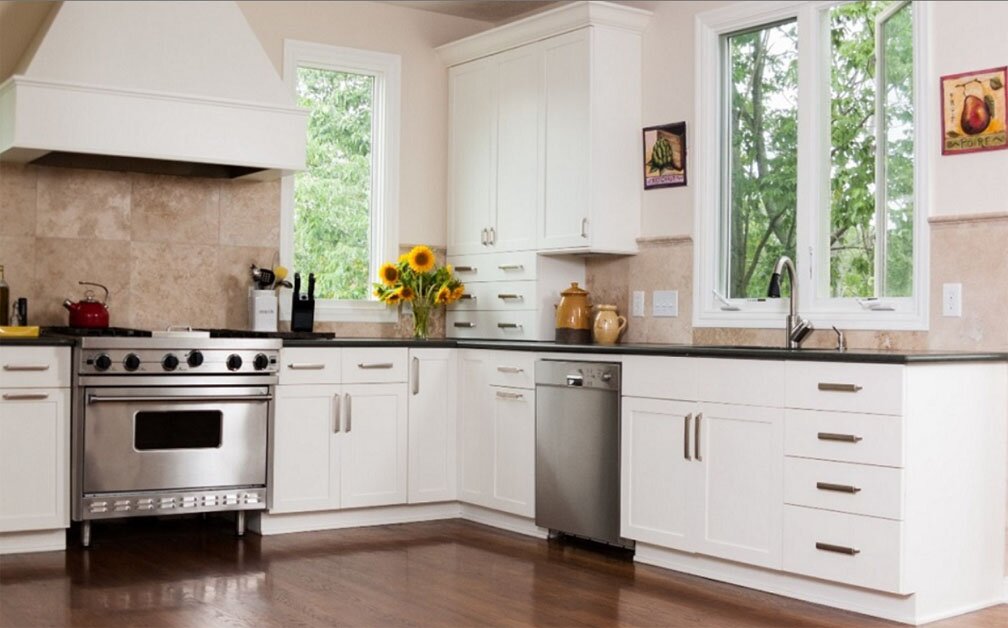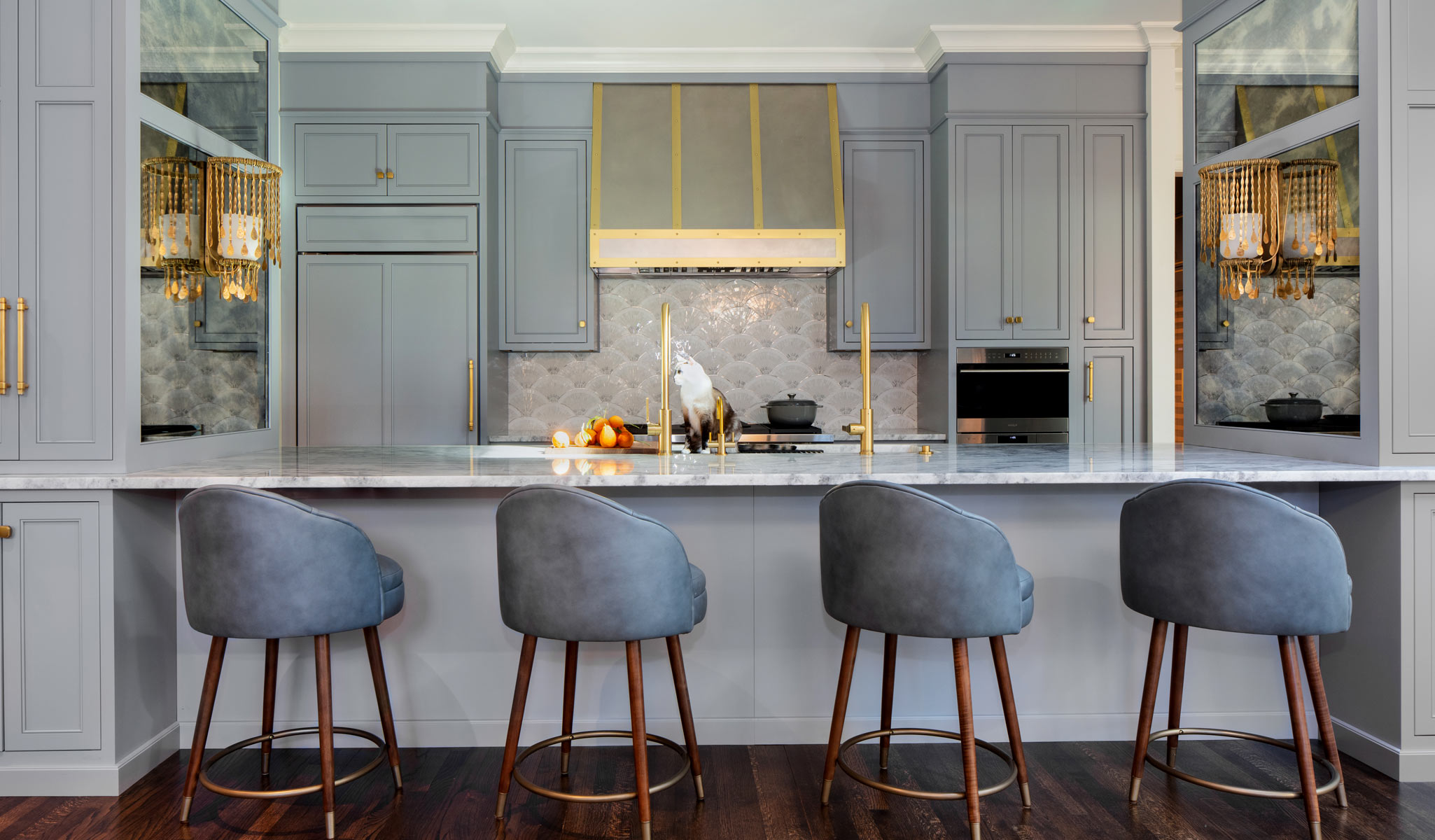All Categories
Featured
In home layout, door positioning commonly takes a rear seat to larger building decisions, yet it plays a pivotal role in shaping how a home feels and functions. Proper door placing makes certain that rooms are efficient, cosmetically pleasing, and for a comfy way of life. Right here's an extensive appearance at the science behind door placement and why it deserves even more interest in the design procedure.
Doors are the entrances that link one area to an additional, and their placement needs to facilitate smooth activity throughout the home.
Trick Considerations:
Rational Pathways: Setting doors to line up with natural website traffic patterns. A cooking area door must offer direct access to the dining location to streamline everyday routines.
Lessening Challenges: Avoid positioning doors where furniture or structural components may block their swing or create bottlenecks.
Transitions: Usage doorways to note transitions between exclusive and public areas, such as corridors bring about bedrooms.
The positioning of doors can substantially affect how light and air flow within a home, adding to its total atmosphere and energy efficiency.
Placement Strategies:
Cross-Ventilation: Location doors opposite home windows or other openings to advertise air flow, particularly in cozy climates.
Sunshine Optimization: Think about the alignment of exterior doors to record early morning or afternoon light, lightening up interiors normally.
Glass Doors: Utilize doors with glass inserts to allow light to infiltrate, enhancing brightness in nearby areas.
Tactical door positioning is necessary for preserving personal privacy in key locations without jeopardizing accessibility.
Finest Practices:
Bedrooms and Bathrooms: Setting these doors far from high-traffic zones like living spaces or kitchen areas to create a sense of hideaway.
Visitor Areas: For homes with visitor suites, doors must give both very easy access and personal privacy for visitors.
Main Entry: The front door should supply straight access to typical locations without disclosing also much of the home's inside.
Beyond functionality, doors play a significant duty in the aesthetic coherence of a room. Their positioning and style must boost the home's visual charm.
Design Tips:
Proportion and Balance: Straighten doors symmetrically in common spaces like hallways to produce a sense of order.
Prime Focus: Use grand entrance doors or special styles as aesthetic highlights.
Uniformity: Suit door styles and coatings across the home for a natural appearance.
Door placement can influence a home's power effectiveness by managing heat flow and insulation.
![]()
Energy-Saving Approaches:
Insulated Doors: Usage well-insulated exterior doors to decrease power loss.
Wind Security: Setting major doors away from prevailing wind directions or utilize vestibules to minimize drafts.
Zoning: Usage doors to section off locations of the home for targeted heating or air conditioning.
![]()
In lots of cultures, the positioning of doors brings symbolic significance and can influence exactly how a home is perceived.
Examples:
Feng Shui: In this practice, the front door's placement influences the circulation of "chi" or power, with guidelines stressing openness and balance.
![]()
Directional Placement: In Vastu Shastra, an old Indian layout viewpoint, door alignment is believed to influence prosperity and harmony.
Entrance Statements: Grand entrances or intricately created doors can signify warmth and friendliness.
Final Ideas
Door placement is both a science and an art. When prepared properly, doors become much more than just access points; they shape the whole living experience.
- Enhancing Spatial Circulation
Doors are the entrances that link one area to an additional, and their placement needs to facilitate smooth activity throughout the home.
Trick Considerations:
Rational Pathways: Setting doors to line up with natural website traffic patterns. A cooking area door must offer direct access to the dining location to streamline everyday routines.
Lessening Challenges: Avoid positioning doors where furniture or structural components may block their swing or create bottlenecks.
Transitions: Usage doorways to note transitions between exclusive and public areas, such as corridors bring about bedrooms.
- Making The Most Of Natural Light and Air Flow
The positioning of doors can substantially affect how light and air flow within a home, adding to its total atmosphere and energy efficiency.
Placement Strategies:
Cross-Ventilation: Location doors opposite home windows or other openings to advertise air flow, particularly in cozy climates.
Sunshine Optimization: Think about the alignment of exterior doors to record early morning or afternoon light, lightening up interiors normally.
Glass Doors: Utilize doors with glass inserts to allow light to infiltrate, enhancing brightness in nearby areas.
- Stabilizing Privacy and Accessibility
Tactical door positioning is necessary for preserving personal privacy in key locations without jeopardizing accessibility.
Finest Practices:
Bedrooms and Bathrooms: Setting these doors far from high-traffic zones like living spaces or kitchen areas to create a sense of hideaway.
Visitor Areas: For homes with visitor suites, doors must give both very easy access and personal privacy for visitors.
Main Entry: The front door should supply straight access to typical locations without disclosing also much of the home's inside.
- Aesthetic Integration
Beyond functionality, doors play a significant duty in the aesthetic coherence of a room. Their positioning and style must boost the home's visual charm.
Design Tips:
Proportion and Balance: Straighten doors symmetrically in common spaces like hallways to produce a sense of order.
Prime Focus: Use grand entrance doors or special styles as aesthetic highlights.
Uniformity: Suit door styles and coatings across the home for a natural appearance.
- Power Efficiency Factors To Consider
Door placement can influence a home's power effectiveness by managing heat flow and insulation.

Energy-Saving Approaches:
Insulated Doors: Usage well-insulated exterior doors to decrease power loss.
Wind Security: Setting major doors away from prevailing wind directions or utilize vestibules to minimize drafts.
Zoning: Usage doors to section off locations of the home for targeted heating or air conditioning.

- Symbolic and social Impacts
In lots of cultures, the positioning of doors brings symbolic significance and can influence exactly how a home is perceived.
Examples:
Feng Shui: In this practice, the front door's placement influences the circulation of "chi" or power, with guidelines stressing openness and balance.

Directional Placement: In Vastu Shastra, an old Indian layout viewpoint, door alignment is believed to influence prosperity and harmony.
Entrance Statements: Grand entrances or intricately created doors can signify warmth and friendliness.
Final Ideas
Door placement is both a science and an art. When prepared properly, doors become much more than just access points; they shape the whole living experience.
Latest Posts
Montclare Auto Repair: Your Local Specialist for Professional Engine & Brake Work
Published Apr 19, 25
2 min read
Unlock Greater Profits with WyHy Money Market Accounts
Published Apr 19, 25
1 min read
Specials & Discounts: Enjoy Deals on Car Repairs at Montclare Auto Repair
Published Apr 19, 25
2 min read
More
Latest Posts
Montclare Auto Repair: Your Local Specialist for Professional Engine & Brake Work
Published Apr 19, 25
2 min read
Unlock Greater Profits with WyHy Money Market Accounts
Published Apr 19, 25
1 min read
Specials & Discounts: Enjoy Deals on Car Repairs at Montclare Auto Repair
Published Apr 19, 25
2 min read